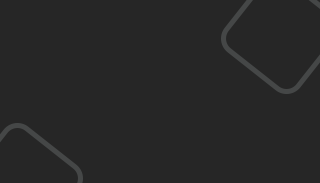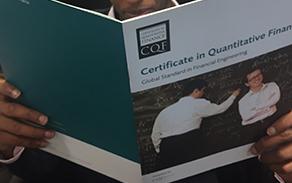Meet the June 2022 Wilmott Award Winner

Alumni Story: Paul Ng, Financial Analyst
In terms of my academic background, I graduated from the University of Macau with a bachelor’s degree in financial engineering. During my studies at university, I participated in a project that involved designing and pricing structured products using advanced mathematical knowledge. I also spent time researching the 2008 financial crisis, focusing on the structure of CDOs and how it became a financial atomic bomb in the crisis.
After my academic studies, I went to work in the accounting industry, which is not too dissimilar to the quant finance industry. We all use data to form opinions, assess the value of assets, and make decisions on investments and risk. Moreover, throughout my career to date, I have explored ways to use quantitative methods in the accounting industry to support financial decision-making processes. One example would be employing logistic regression into financial ratios to build a credit framework in relation to those ratios. It’s an area for further research.
I chose to study the CQF program because I was already working with financial models, and I wanted to learn more about mathematical techniques and quantitative approaches when applied to actual problems in portfolio management. During the program, my favorite modules were the ones on options and portfolio construction because my professional work was related to financial products and derivatives. I completed my final project in this area and can apply my learnings directly to my job now. I also know it will be useful in the future when I am working on portfolio optimization using linear algebra and quadratic equations.
I enjoyed the machine learning modules and exploring how to use Python for financial applications. Python is my favorite computer language, although I have also used Java and C++, because it is easy to understand and helps streamline communications with others, so it has had a large impact on the field of data science and quant finance in recent years. Currently I’m working in a local financial institution on projects involving bonds and portfolio construction. Learning about the calibration of yield curve and stochastic models for interest rates in Module 6 provided extra tools for me to understand how to analyze bond portfolios better.
The best way to learn quantitative finance is to start building and running financial models yourself. The CQF program provides complete and essential techniques for you to do this.
After studying the CQF program, I can confidently say that it has shown me how to apply my previous knowledge in the financial industry to new scenarios and has also introduced me to some useful new innovations along the way. For new delegates on the CQF program, I would note that the financial industry is very broad, with many different areas to choose from. You should take the time to explore these areas in depth and decide what you really want to do. Once you have a clear direction, it will become more obvious what you need to study and how a program, like the CQF, can help you move in different directions, with a framework of financial knowledge across a diverse set of techniques and methods. We all know that equities are very different from bonds, which are different from currencies or structured products. There are many options and if you find the right niche for your skills and interests, you will find an interesting path in quant finance.
Find out more about the CQF program
The CQF has been chosen by thousands of ambitious professionals, like Paul, to master the practical quant finance and machine learning techniques used in industry today. If you are ready to gain the skills you need to progress your career, download the CQF brochure or register for a CQF information session today.




